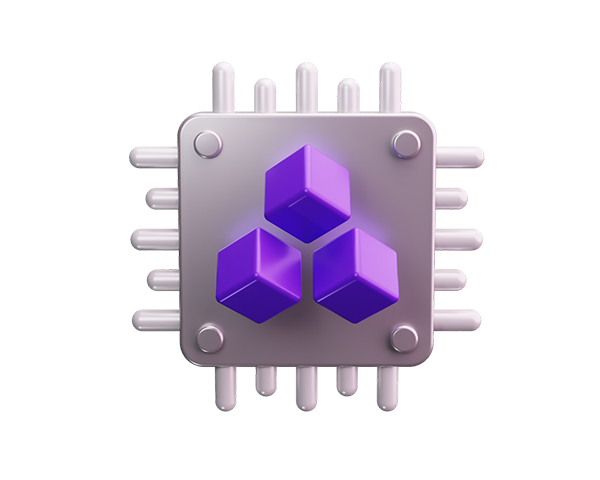In today’s rapidly evolving digital landscape, enterprises are increasingly turning to cloud-native architectures to build and deploy their applications. This approach leverages the scalability, flexibility, and cost-effectiveness of cloud computing to meet the demands of modern business. Cloud-native enterprise architectures are designed to take full advantage of cloud resources and are characterized by their ability to deliver applications as a set of loosely coupled, independently deployable services.
One of the key principles of cloud-native enterprise architectures is the use of microservices, which are small, independent services that work together to form a complete application. These microservices can be developed, deployed, and scaled independently, allowing for greater flexibility and agility in application development. By breaking down applications into smaller, more manageable components, organizations can more easily adapt to changing business requirements and scale their applications as needed.
Another important aspect of cloud-native enterprise architectures is the use of containerization. Containers provide a lightweight, portable way to package and run applications, along with their dependencies, in a consistent environment. This makes it easier to move applications between different cloud environments and eliminates many of the compatibility issues that can arise when moving applications from development to production.
In addition to microservices and containerization, cloud-native enterprise architectures often make use of continuous integration and continuous delivery (CI/CD) pipelines. These pipelines automate the process of building, testing, and deploying applications, allowing organizations to deliver new features and updates to their applications more quickly and reliably.
Security is also a critical consideration in cloud-native enterprise architectures. With applications being deployed in dynamic, multi-cloud environments, organizations need to implement robust security measures to protect their data and infrastructure. This often involves using encryption, identity and access management, and other security best practices to safeguard against potential threats.
Overall, cloud-native enterprise architectures offer a way for organizations to modernize their applications and infrastructure, enabling them to innovate more rapidly and respond to changing market conditions. By leveraging the power of the cloud, organizations can build scalable, resilient, and adaptable systems that can support their business goals now and into the future.



Cloud-native enterprise architecture is a modern approach that leverages cloud computing and microservices to design and deploy scalable and flexible systems. It focuses on building applications specifically for cloud environments, taking advantage of cloud services and infrastructure. This approach allows organizations to embrace agility, scalability, and resilience, ultimately driving innovation and efficiency within their IT landscape